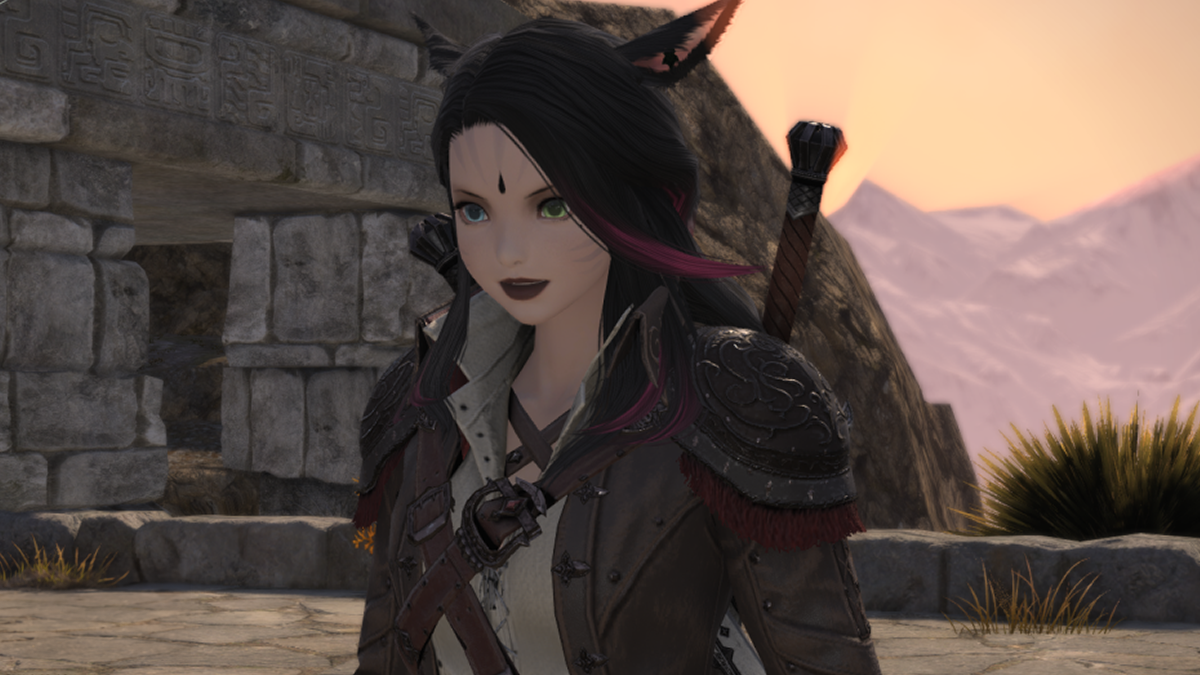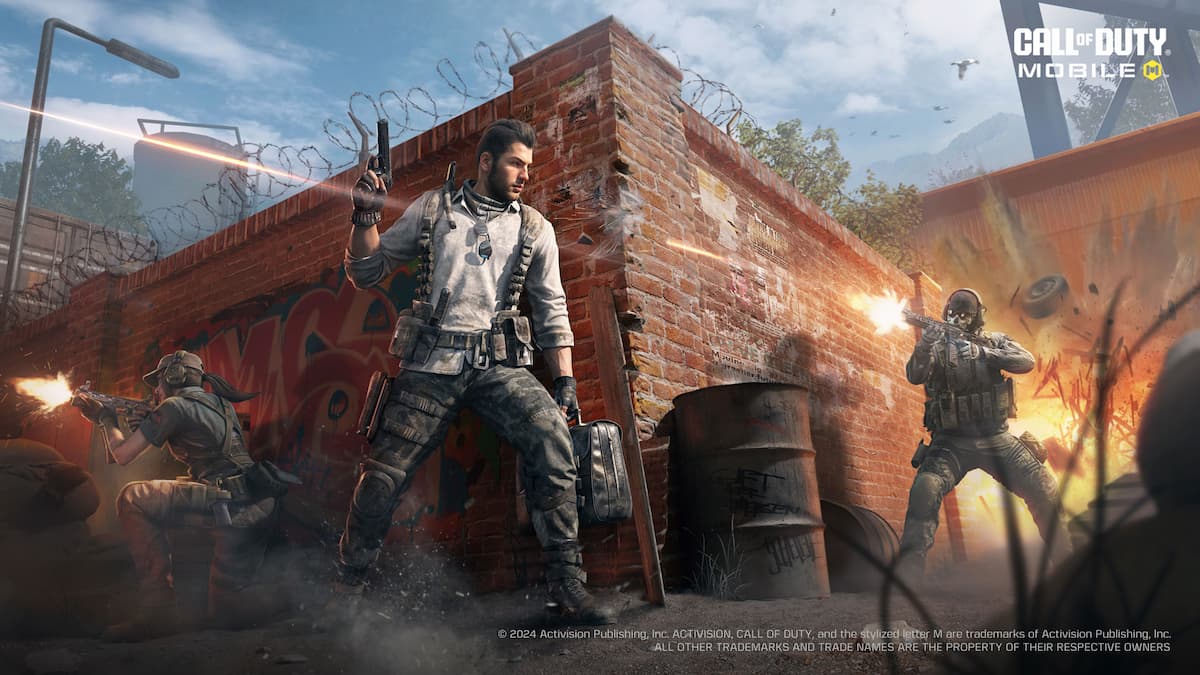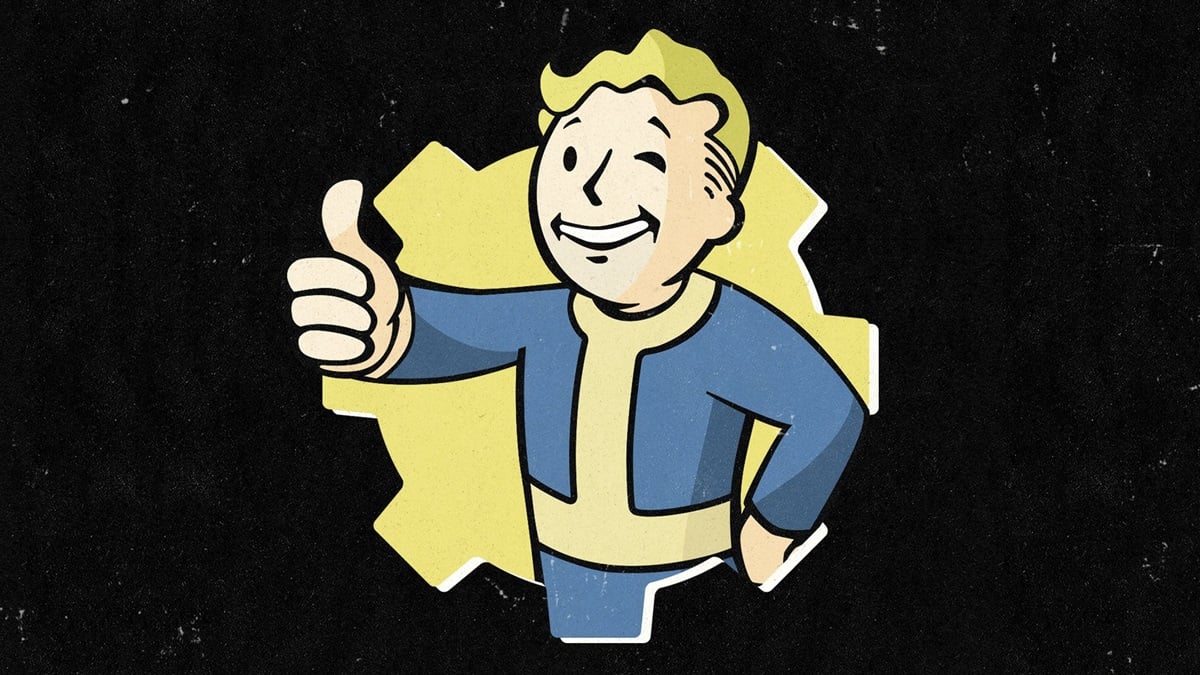‘You all left that girl to burn!’
Silent Hill: Origins opened with an outsider saving a little girl from a house fire. But when you look back on its place in the series, it meant so much more than a simple rescue. Travis Grady had problems of his own, but they meant very little in the grand scheme of Alessa Gillespie’s fate. Legacy, it seemed, was more important than the here and now. The very idea of it would haunt Silent Hill to the bitter end.
We had entered a new era, where the Eastern/Western Horror Assimilation was wholly Westernised. The exoticism had been replaced by rationalisation, the abstract now explained through the poppiest of psychologies. Silent Hill‘s greatest strength, up to this point, was its ability to be introspectively surreal, yet broadly relatable. But come 2007, it had to contend with a burgeoning world of wiki pages and ill-defined trope sites; where every slice of media had to be connected, referenced, catergorised, and virtually filed.
Origins‘ developer, Climax, would go on to make the superior Shattered Memories, but first it had to deal with the trappings of prequels, retcons, and shared universes. As a result, Origins merely tread water, kept itself neutral; which wasn’t the greatest of starts in this new era of Westernised survival horror. SH4: The Room had its faults, but hand on heart, it was still a memorable experience. But what was Origins to anybody, exactly, if not for money and fandom?

Origins is, without being too harsh, a Xerox of the original. The big picture is always in frame, but many of the details, what made the original Silent Hill so special, are faded. Familiar faces fulfill their established roles, locations are revisited and remixed, and the journey from the outskirts of town to the middle of nowhere seems oddly comforting. It’s Silent Hill re-told by fans; a closeness that robs Origins of an outsider perspective and player alienation.
Narratively speaking, Silent Hill‘s success was down to its “one-and-done” attitude. For all the weirdness on display, its character motives were clear and the important historical aspects were found on every street corner; allowing us to fill in the blanks with little conjecture. Origins, as the name suggests, fills it in for us at the expense of brevity and credibility, as all those detours into exposition and connections actually harm the original’s acts of desperation and improvisation.
Be honest: Do you need to know exactly how a baby girl ends up at the side of the road in Silent Hill? Isn’t it more tragic and disturbing when the Masons stumble upon her, and letting our imaginations run wild? That’s the major narrative flaw of all prequels, though. They can only embellish, not establish.

Silent Hill never needed Travis Grady. While he’s actually a likable protagonist, and his profession as a trucker is quite metaphorical (motel suicides and freeway escapism go hand-in-hand), his story is, sadly, just an excuse for new gameplay ideas and player agency. Origins is Alessa Gillespie’s story, from the house fire to the rear view mirror. One passes into lore, the other is just a footnote, but both vie for your attention in an act of narrative dominance. Unsurprisingly, it seeps into every scene between Travis and Alessa, as he struggles with her manipulations, before succumbing to the role of catalyst.
To its credit, Origins made good on its use of mise-en-scene when it comes to giving Travis definition. The various locations were grandiose, gothic, and theatrical – each one a conspiratory labyrinth beyond the understanding of a small blue collar man – with only the Riverside Motel being intimate and claustrophobic for the sake of acceptance and heroism.
For a character dragged along by established events, Travis’ only form of control is through the use of mirrors, now portals to The Otherworld and back again. Though it reinforced his strength to rebel against the ruling class of Silent Hill, the act also dampened its most foreign aspect. The Otherworld (here, a fire-damaged mess until the familiar rust-and-blood takes hold) was no longer this conceptual tour-de-force that made the audience endure for its narrative riches. Now it was a tourist attraction, one that could be appraised at the flip of a switch.

Though their appearances are little more than novelty, seeing Silent Hill‘s cast all young and fresh faced left us with a wistful yearning, not unlike finding old snapshots of family and friends. Dahlia Gillespie was a white-trash brunette, while Dr. Kaufmann looked a little more dashing without the spare tires. Sure, their stories were already told, but if Origins couldn’t escape the past, at least it would have fun reveling in nostalgia.
Most affecting, though entirely arbitrary, is Lisa Garland. Instead of being seen through the eyes of a child, we see the drug addict once alluded to in her diary. At the motel, that sound of her having sex in a nearby room perfectly deconstructs the naïve adoration of her fanbase, bonding them to an equally heartbroken Travis in the process. Personally, it’s one of the better parts of Origins, a subtle, real-time moment that Climax would refine in every one of Shattered Memories‘ car journeys. From then on, a grittier, gut-punch characterisation would permeate all of the Westernised Silent Hill games.
Origins isn’t an awful game, nor is it a stellar one. It simply exists. There’s always a shallow memory waiting to strike, deep in the mist, lost to the shadows. Psycho-sexual images roam the halls, lumbering beats loosely touch upon its protagonist’s travels, nurses make their return and substitutes like The Butcher step in for missing icons. Origins works best at conjuring up warm feelings when revisiting Central Silent Hill, left to your own devices and Akira Yamaoka’s bite-sized score (which is more of throwback, than throwaway). But for every right, it’s bound by a necessary wrong. Personally, that’s what make the game so middle-of-road, rather than outright terrible.

But it’s impossible to ignore the fact Origins was meant to reboot the series with a fresh set of eyes, and sell a few PSPs in the meantime. Instead, it only served to strengthen the trepidation in its fanbase. Silent Hill would go through a difficult time, of which much is still up for debate, before Konami gave up on this outsourcing malarkey. From Origins to Downpour, as much as they tried new ideas, they were always reliant on what the fans liked to sell as many copies as they could in the face of dwindling interest. And who knows if P.T./Silent Hills will get that resurrection it deserves.
But no matter what happens, just like Travis Grady, Origins will always remain the little guy in the big burning house, almost consumed by the flames of the past.



